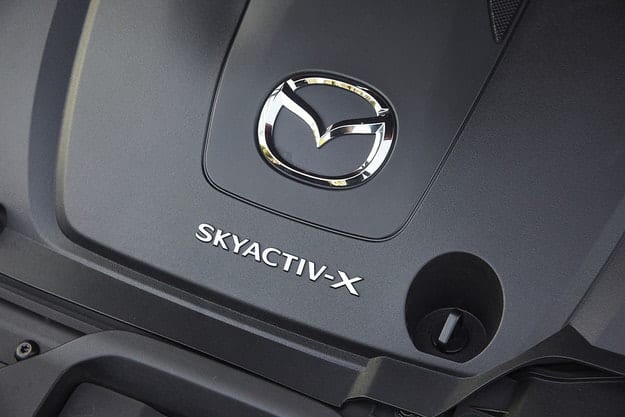
What are hex and torx keys made of?
Content
Why is steel used to make hex and torx keys?
Steel is used because of all the materials that have the necessary physical properties of strength, hardness, and ductility to be used as a Torx or Hex wrench, it is the cheapest and easiest to manufacture.What is an alloy?
An alloy is a metal obtained by combining two or more metals to produce a final product that has better properties than the pure elements from which it is made.Alloy steel is made using more than 50% steel in combination with other elements, although the steel content of alloy steel is typically 90 to 99%.
Chrome Vanadium
Chrome vanadium steel is a type of spring steel that Henry Ford first used in the Model T in 1908. It contains approximately 0.8% chromium and 0.1–0.2% vanadium, which increases the strength and toughness of the material when heated. machined. One of the things that makes chrome vanadium particularly suitable for use as a Torx and Hex key material is its excellent resistance to wear and fatigue. Chrome vanadium is now most commonly found in instruments sold on the European market.Steel 8650
8650 is very similar in properties to chrome vanadium, although it contains a lower percentage of chromium. This is the most common type of steel used in Torx and hex wrenches in the US and Far East markets.Steel S2
S2 steel is harder than chrome vanadium steel or 8650 steel, but it is also less ductile and, as such, more prone to fracture. It is more expensive to produce than 8650 steel or chrome vanadium steel and this, along with its lower ductility, means that it is only used by a few manufacturers.High strength steel
High-strength steel is formulated with several alloying elements that help improve its strength, toughness, and wear resistance. These alloying elements include silicon, manganese, nickel, chromium and molybdenum.Stainless steel
Stainless steel is a steel alloy containing at least 10.5% chromium. Chromium helps prevent steel from rusting by forming a protective layer of chromium oxide when exposed to moisture and oxygen. This protective layer prevents rust from forming on the steel. Stainless steel Torx and Hex keys are used to drive stainless steel screws. This is because using other Torx or ferrous hex wrenches with stainless steel screws leaves microscopic carbon steel marks on the head of the fastener, which can lead to rust spots or pitting over time.Securities Commission
CVM stands for Chromium Vanadium Molybdenum and is designed to impart similar properties to chrome vanadium but with less brittleness due to the addition of molybdenum.Steel according to manufacturer's specification
Many manufacturers develop their own steel grades for use in tools. There are several reasons why a manufacturer might want to do this. Designing a steel grade for a specific tool type can allow a manufacturer to tailor the properties of the steel to the tool in which it will be used. A manufacturer may want to improve wear resistance to increase tool life, or ductility to prevent breakage. This can help improve a tool in certain key areas, giving it an advantage over competitor tools. As a result, manufacturer-specific steel grades are often used as a marketing tool to give the impression that a tool is made from superior material. A manufacturer can also design a steel that retains the characteristics and properties of other steels, but at a lower manufacturing cost. For these reasons, the exact composition of manufacturer-specific steels is a closely guarded secret. Some examples of commonly found manufacturer-specific steels include HPQ (high quality), CRM-72, and Protanium.CRM-72
CRM-72 is a special high performance tool steel grade. It is mainly used for the production of Torx keys, hex keys, socket bits and screwdrivers.
Protanium
Protanium is a steel designed specifically for use in hex and torx tooling and sockets. It is claimed to be the hardest and most ductile steel used for such tools. Protanium has very good wear resistance compared to other steels.
What is the best steel?
With the exception of stainless steel, which is clearly the best for stainless steel fasteners, it is impossible to say with any degree of certainty which steel is best for a Torx or hex wrench. This is due to the slight variations that can apply to each type of steel, as well as the fact that manufacturers carefully monitor the exact composition of the steel used, preventing direct comparisons.Handle materials
T-Handle Materials
Three materials are commonly used for the handles of T-handle hex wrenches and Torx wrenches: vinyl, TPR, and thermoplastic.
Vinyl
Vinyl handle material is most commonly seen on T-handles with a solid loop or on handles without a short arm. The handle vinyl coating is applied by dipping the T-handle into plasticized (liquid) vinyl, then removing the handle and allowing the vinyl to cure. This results in a thin layer of vinyl covering the T-handle.

